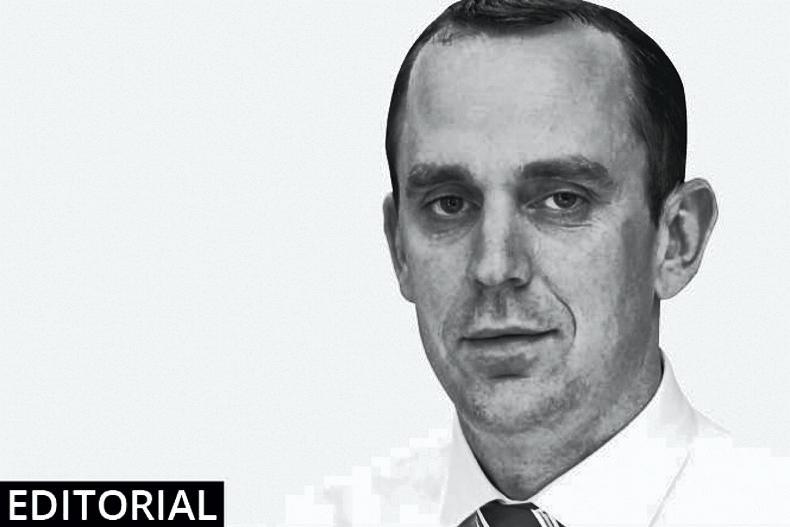There have been major efficiency gains on Irish dairy farms over the past decade – largely due to better breeding and improved grassland management. Speaking at the Teagasc Moorepark open day on Tuesday, Dr Pat Dillon showed that higher stocking rates from increased grass utilisation combined with improvements in milk composition saw milk solids increase by 30% per hectare from 2008 to 2015. As well as this, production costs on Irish dairy farms have fallen by 16-17% since the abolition of quotas.
Despite these gains, however, Moorepark research shows that the average dairy farmer is only harvesting a fraction of the potential revenues available. Figures presented by Dr Brendan Horan show that at a constant milk price of 28c/l, there was the potential for the average dairy farmer to achieve a sixfold increase in profitability per hectare by 2025 and for some, to increase the figure tenfold. This would see average net profit, after labour charges, increase from €250/ha to within the range of €1,500 to €2,500/ha depending on the level of efficiency gains achieved over the next decade.
Jack Kennedy and Aidan Brennan go into detail on the areas farmers need to target to achieve these gains. Fundamental to the Teagasc profit projections is the need to increase stocking rate by 10%-40% from the current average of 1.96 lu/ha – not by feeding more meal but through improved grass growth and utilisation. For those tempted to drive output from increased concentrate feeding, Teagasc figures show net profit declines by €95/ha for every 10% increase in concentrate use.
Farmers targeting a net profit of €1,500/ha need to utilise 10t grass DM/ha, increasing to 12.5t where the focus was on a net profit of €2,500. In simple terms, hitting profit targets will depend on utilising 20-50% more grass from every hectare on the farm.
While these targets will certainly provide a useful benchmark against which to measure dairy research and knowledge transfer over the next decade, are they achievable? Unless we go back to the very basics and realise the importance soil structure and fertility plays in governing output potential, whatever the crop, the answer is no.
Many will be quick to rule out the potential to grow and utilise more grass on the basis of land type. But the reality is that poor soil fertility is a bigger barrier on most farms. Utilising 12.5t or even 10t of grass per hectare will remain an aspiration for as long as we fail to address the fact that 90% of soils have sub-optimal fertility to maximise grass growth.
It is an area where much more research is needed, particularly around improving soil structure, increasing organic matter, addressing chemical deficiencies and ensuring we fully understand the role of organic manure, in particular slurry, in promoting or inhibiting biological activity in soil – especially with earthworms.
Soil fertility
Few could criticise the quality of research on display at the Teagasc open day and its direct application in driving farm profit. However, it was all focused on activity above the ground. Relative to its importance in what was being discussed, soil husbandry did not receive the attention it deserved. It is an area that perhaps exposes a flaw within the Teagasc research model in that there is not enough collaboration across research centres. If the productivity levels that were outlined at the Moorepark event are to be delivered on a national basis, Teagasc must bring soil fertility and productivity back to the core of its research. Addressing the national issue of poor soil fertility must also be seen as strategic in any Government policy aligned with growing our agri-food sector.
Technical efficiency is only one part of the profitability equation. The ability of the co-op to maximise the value of the milk produced and for this to be reflected in farmgate prices is key to profitability and the resilience of our sector. This week, we run our annual Milk Price Review in association with KPMG. Jack Kennedy’s analysis shows the difference between the top and bottom in 2016 was the equivalent of €307 per cow, or €21,000 for a typical 70-cow herd. While factors such as repatriation of profits and the co-ops’ finance model around investments can all have an impact on milk price, the reality is that those at the top and bottom have been there consistently over the past decade. We will be delving into why this is the case over the coming weeks.
